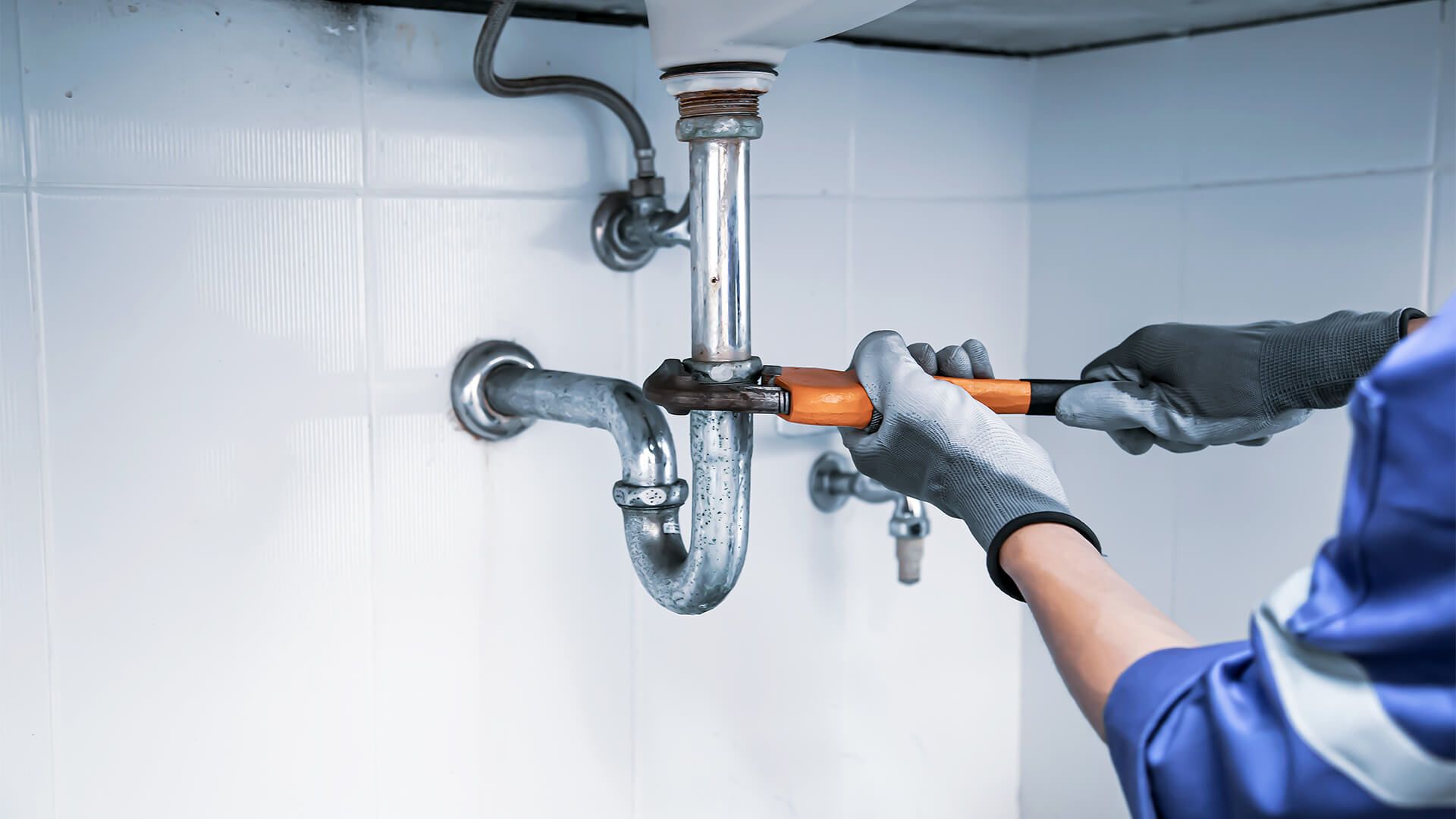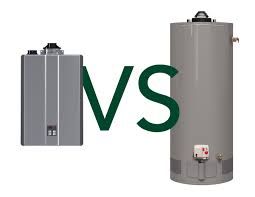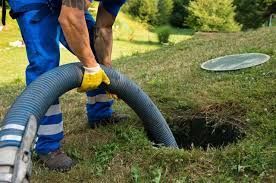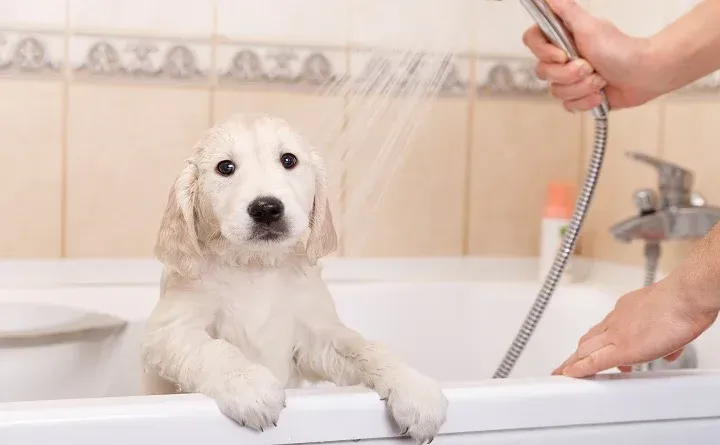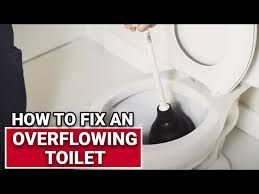What are Slab Leaks and How to Tackle Them?
Alright, so let’s keep it simple: a slab leak happens when the water pipes under your home’s concrete foundation start leaking. Think of it as an underground plumbing nightmare. It’s sneaky, it’s damaging, and it’s every homeowner’s worst enemy. These leaks can mess with your foundation, jack up your water bill, and even lead to mold if left untreated.
"Why Is My Garbage Disposal Leaking? Causes and Solutions"
Why Do Slab Leaks Happen?
Short answer? A bunch of reasons. Here’s the deal:
Aging Pipes: Old pipes = big problems.
Shoddy Installation: If the plumbing wasn’t done right, you're set up for a disaster.
Shifting Soil: The ground under your house moves over time, putting pressure on pipes.
Water Chemistry: Too acidic or too alkaline? Your pipes don’t like that.
High Water Pressure: Pipes can only take so much stress before cracking under pressure.
Red Flags: How to Spot Slab Leaks
If you’ve got a slab leak, your house will try to tell you. Here’s what to look for:
Skyrocketing Water Bills: Using the same water but paying double? It’s a sign.
Wet Spots on Floors: Random damp patches on your floors? That’s suspicious.
Low Water Pressure: When your shower turns into a drizzle.
Mysterious Sounds: Hear water running when everything’s off? Uh-oh.
Cracks in Walls or Flooring: Your foundation might be throwing a tantrum.
Musty Odor: The smell of mold creeping in.
Detecting Slab Leaks Like a Pro
Wondering if it’s really a slab leak? Here’s how you can play detective:
Check the Meter: Turn off all water, then see if the meter’s still running. If yes, water’s leaking somewhere.
Hot Floor Alert: Walk barefoot. If parts of your floor feel unusually warm, it might be a hot water line leak.
Listen Closely: Use a stethoscope (or just your ear) to hear water running under your floor.
Inspect Visible Pipes: If you can see any, check for moisture or corrosion.
Are Slab Leaks Really That Common?
Surprisingly, yes. Homes built on concrete slabs—especially older ones—are ticking time bombs for slab leaks. They’re common in areas with shifting soil or fluctuating weather.
What to Do If You Suspect a Slab Leak
Don’t panic. Here’s your game plan:
Turn Off the Water Supply: First, shut it down to avoid more damage.
Call a Plumber: Seriously, don’t DIY this one.
Document the Damage: Snap pics and jot down notes for insurance purposes.
Stay Safe: If there’s flooding or electrical hazards, get out of the house.
When to Bring in the Big Guns (aka the Pros)
You’re in over your head when:
The water pressure is abysmal.
The damage is spreading fast.
You’re unsure where the leak is.
There’s significant mold growth.
Choosing the Right Slab Leak Solutions
When it comes to fixing slab leaks, here’s what can be done:
Pipe Rerouting: New pipes bypass the damaged ones.
Epoxy Repairs: Fixes minor leaks from the inside without digging.
Direct Pipe Repair: Requires breaking through the slab to reach and fix the leak.
Prepping for a Slab Leak Fix
Clear out furniture near the affected area.
Brace for some noise and dust; repairs can get messy.
Check with your insurance to see what they’ll cover.
How Long Does It Take to Fix a Slab Leak?
The timeline depends on the repair type:
Small Leaks: A few hours.
Rerouting Pipes: 1–2 days.
Major Repairs: Up to a week, especially if the foundation is involved.
Stop Slab Leaks Before They Start
Prevention is better (and cheaper) than repair. Here’s how:
Regular Plumbing Inspections: Catch problems before they escalate.
Control Water Pressure: Use a pressure regulator if needed.
Invest in Quality Pipes: Spend more now, save a fortune later.
Keep Soil Stable: Proper drainage and landscaping matter.
Does Homeowners’ Insurance Cover Slab Leaks?
Yes, but with conditions. Insurance usually covers the damage caused by the leak, not the repair of the pipes themselves. Always read the fine print or ask your provider for details.
Wrapping It Up: Slab Leaks Aren’t Worth the Wait
Slab leaks might start small, but their impact can be massive if ignored. From damaging your foundation to hiking up your water bills, they demand quick action. The key is knowing the signs, addressing the issue promptly, and leaning on professionals for lasting solutions. Regular plumbing checkups and preventive measures can save you from the headache—and the hefty repair costs. Got a hunch there’s a leak? Don’t wait. Take charge, fix it fast, and protect your home for the long haul.

